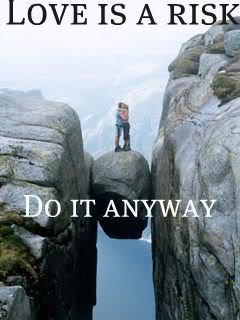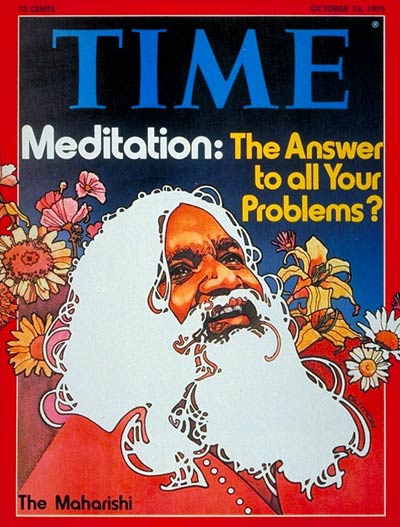Picking An Object For Meditation On Sound
Meditation on sound is a classic and popular technique that can be useful towards developing such meditative attributes as concentration and a deeper richness of perception. There are various objects that we can choose to focus our attention on when we do this practice – soothing audio recordings, naturalistic sounds, music, and some advanced choices too.
Details





















































































